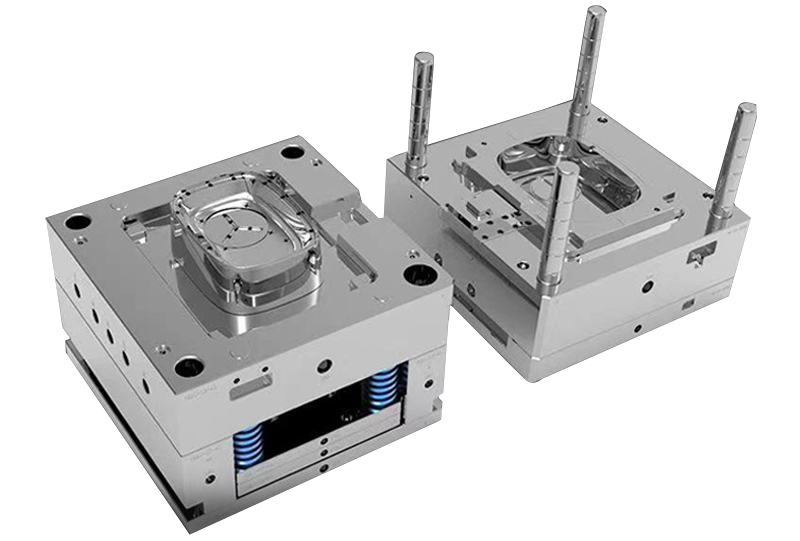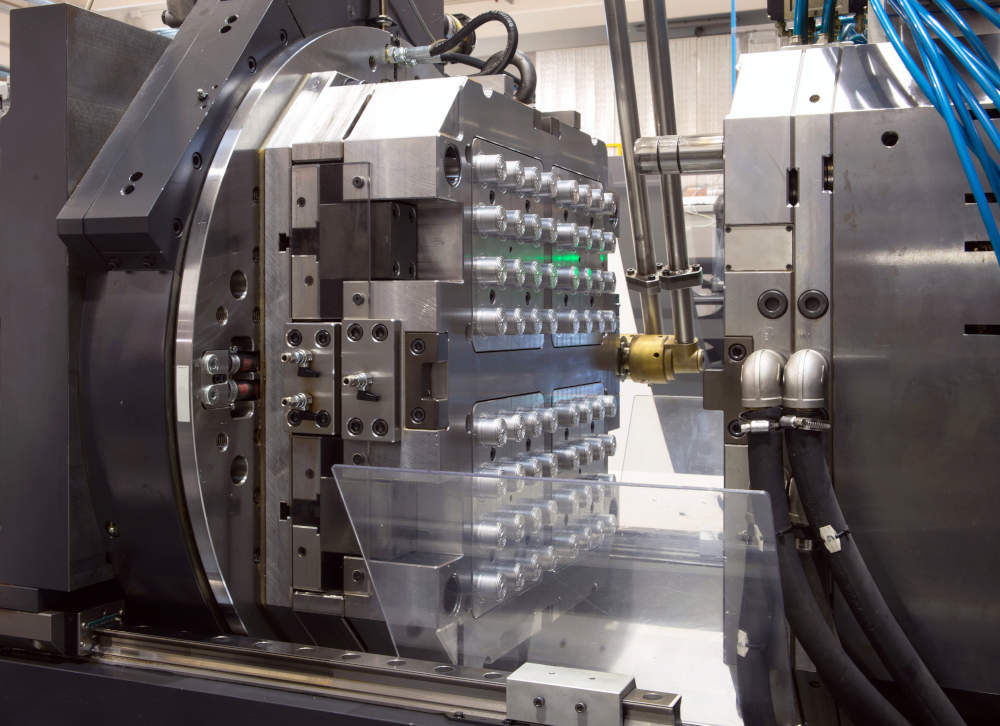Recognizing the Basics of Plastic Shot Molding Processes
Plastic shot molding offers as a keystone of modern-day production, giving a systematic technique to creating complex components with precision. Discovering these crucial elements could reveal exactly how even small changes can lead to considerable improvements in manufacturing end results, elevating concerns about the possibility for innovation in this established procedure.
What Is Plastic Injection Molding?
Plastic injection molding is a commonly utilized manufacturing procedure that transforms polycarbonate and thermosetting products into specific and complicated forms. This method is preferred for its ability to create high quantities of similar get rid of exceptional precision, making it an indispensable technique in various markets, consisting of automotive, customer goods, and medical tools.
The process involves thawing the selected plastic product and infusing it right into a mold under high pressure. The mold, designed to the specs of the wanted component, allows the molten plastic to take form as it cools down and strengthens. When the product has solidified, the mold and mildew is opened up, and the completed part is expelled.
Plastic injection molding offers a number of benefits, consisting of reduced waste, uniformity in production, and the capability to include intricate layouts that may be challenging with other making methods. Furthermore, it sustains a broad variety of materials, each supplying special buildings that can be customized for certain applications. As sectors remain to innovate, plastic shot molding stays at the leading edge, allowing the advancement of innovative items that satisfy evolving customer needs.
The Shot Molding Process
The injection molding process is a sophisticated technique that entails numerous vital phases to generate top notch plastic elements. At first, plastic pellets are fed into a heated barrel where they are merged a viscous fluid. This molten plastic is after that injected under high pressure into a precision-engineered mold and mildew, which forms the material right into the wanted kind.
Once the mold is filled up, the plastic is enabled to strengthen and cool down, taking the form of the mold cavity. Air conditioning time is important, as it impacts the cycle time and the final homes of the molded part. After adequate cooling, the mold and mildew opens up, and the ended up element is ejected utilizing ejector pins.

Products Made Use Of in Shot Molding
Numerous products can be utilized in the injection molding procedure, each offering unique buildings that accommodate particular applications. The most typically utilized materials include thermoplastics, thermosetting plastics, and elastomers.

Thermosetting plastics, like epoxy and phenolic resins, undergo a chemical modification throughout the healing procedure, leading to an inflexible, inflexible structure. These materials are ideal for applications needing high warmth resistance and structural integrity, usually utilized in vehicle components and electric insulators.
Elastomers, including silicone and rubber-based materials, give flexibility and durability. Their unique residential or commercial properties make them suitable for applications that demand flexibility, such as gaskets and seals.
Additionally, specialty materials like bio-based plastics and compounds are obtaining traction for their ecological advantages and enhanced performance attributes, widening the extent of shot molding applications in numerous sectors. Understanding the homes of click to find out more these products is crucial for selecting the suitable type for particular projects.
Advantages of Injection Molding
Injection molding stands out as a very reliable production procedure that supplies various advantages for creating intricate components with precision. One of the most significant benefits is the ability to develop intricate designs that would be difficult or difficult to attain with other methods (Plastic Injection Molding). The procedure permits tight tolerances and thorough attributes, making certain high-grade components
In addition, shot molding is known for its quick production abilities, making it a perfect choice pop over to this site for high-volume production. As soon as the mold and mildew is produced, components can be generated rapidly, decreasing preparations and enhancing total performance. This performance not just reduces manufacturing expenses yet likewise offers an one-upmanship in the marketplace.
The adaptability of products made use of in injection molding better enhances its charm. A wide variety of thermoplastics and thermosetting polymers can be used, enabling makers to pick products that ideal visit this page meet their details needs, consisting of stamina, warm, and adaptability resistance.
In addition, the procedure reduces waste, as excess material can usually be recycled and recycled. This sustainability element contributes to a decreased ecological impact, making injection molding a responsible manufacturing selection. In general, the benefits of shot molding make it a favored method for several sectors.
Variables Affecting Product Quality
While countless factors can influence product top quality in injection molding, recognizing these aspects is important for attaining ideal outcomes. Key aspects consist of product choice, processing criteria, and mold style.
Product option plays a crucial role, as different polymers exhibit one-of-a-kind residential properties that affect flowability, stamina, and thermal security. Poor material option can lead to flaws such as warping or insufficient filling.
Handling criteria, consisting of temperature, cycle, and pressure time, must be thoroughly regulated. Variations in these settings can result in incongruities partly measurements and surface area finish. Exceedingly high temperature levels may create deterioration of the polymer, while poor pressure can result in short shots.
Mold layout is similarly vital, as it identifies the circulation of the molten plastic and the cooling process. Badly developed molds might cause uneven cooling rates, leading to recurring stresses and dimensional errors.

Verdict
In final thought, plastic shot molding functions as an important manufacturing process that allows the efficient production of high-quality components. Mastery of the shot molding process, including the understanding of materials and the impact of different elements on product quality, is vital for attaining optimal outcomes. The advantages of this approach, such as cost-effectiveness and design flexibility, further emphasize its relevance throughout several markets, strengthening its standing as a recommended option for high-volume production.
Plastic shot molding offers as a cornerstone of contemporary production, providing a methodical strategy to producing intricate parts with accuracy.Plastic injection molding uses a number of benefits, consisting of lowered waste, consistency in manufacturing, and the capacity to incorporate detailed designs that may be challenging with various other producing approaches (Plastic Injection Molding). As sectors continue to innovate, plastic shot molding stays at the center, making it possible for the development of sophisticated products that satisfy advancing consumer demands
The shot molding procedure is a sophisticated strategy that entails numerous essential stages to generate high-quality plastic parts.In verdict, plastic shot molding serves as an important manufacturing procedure that enables the reliable manufacturing of high-grade elements.